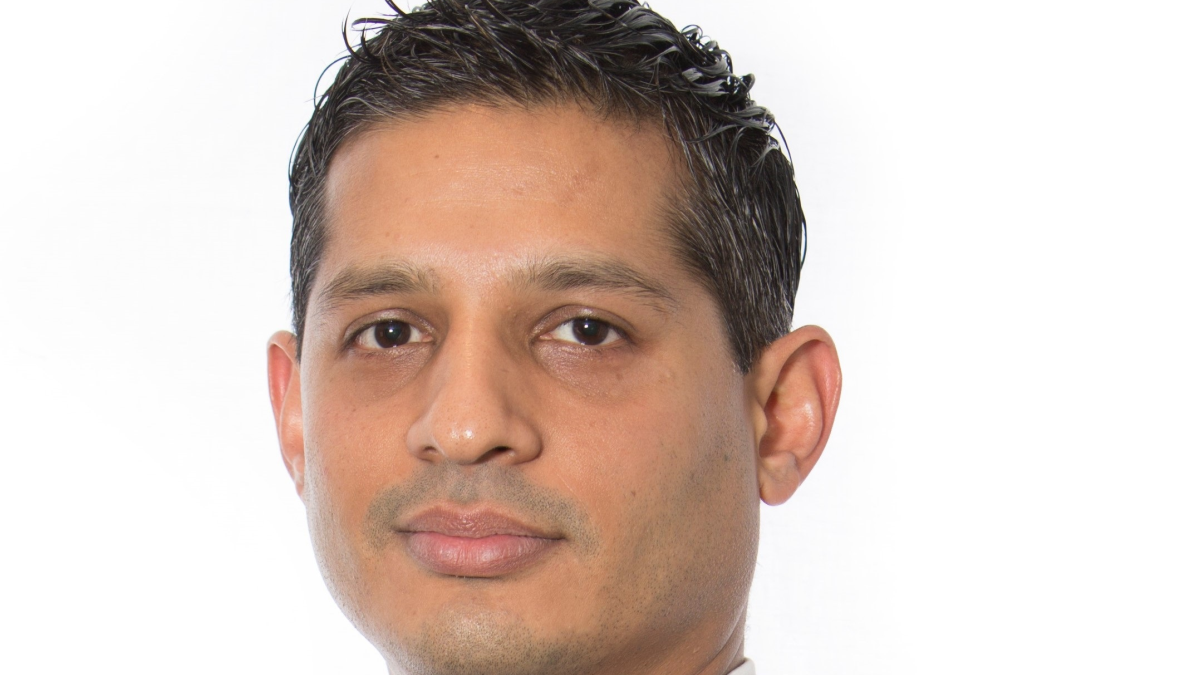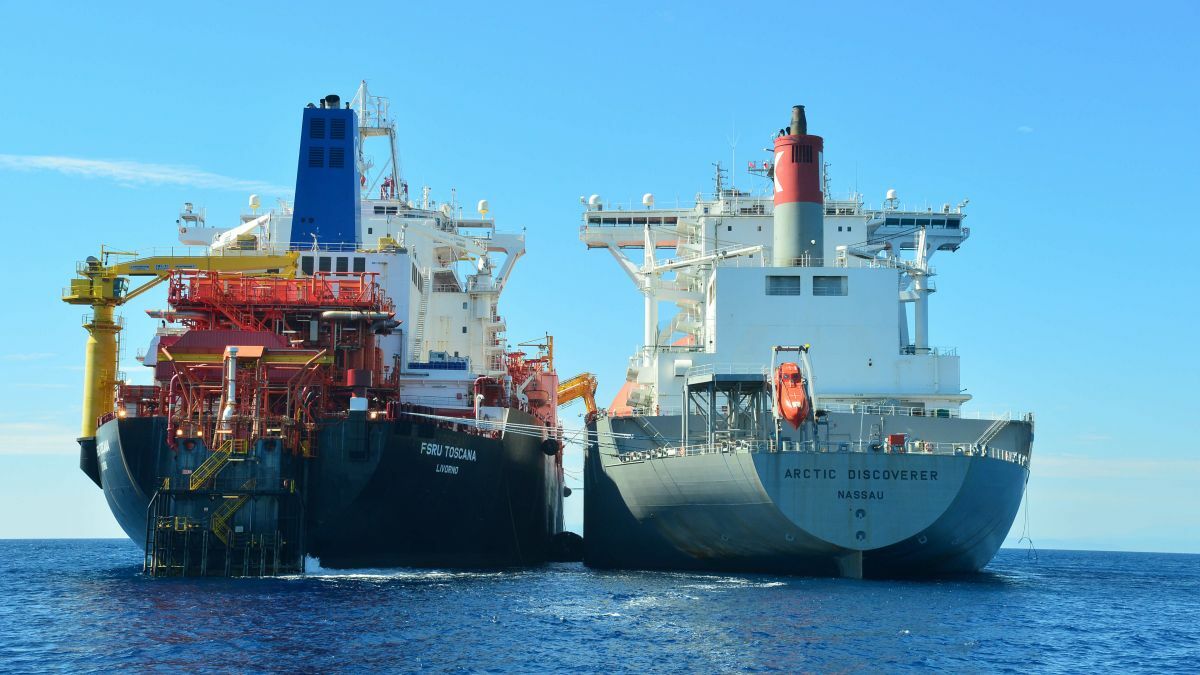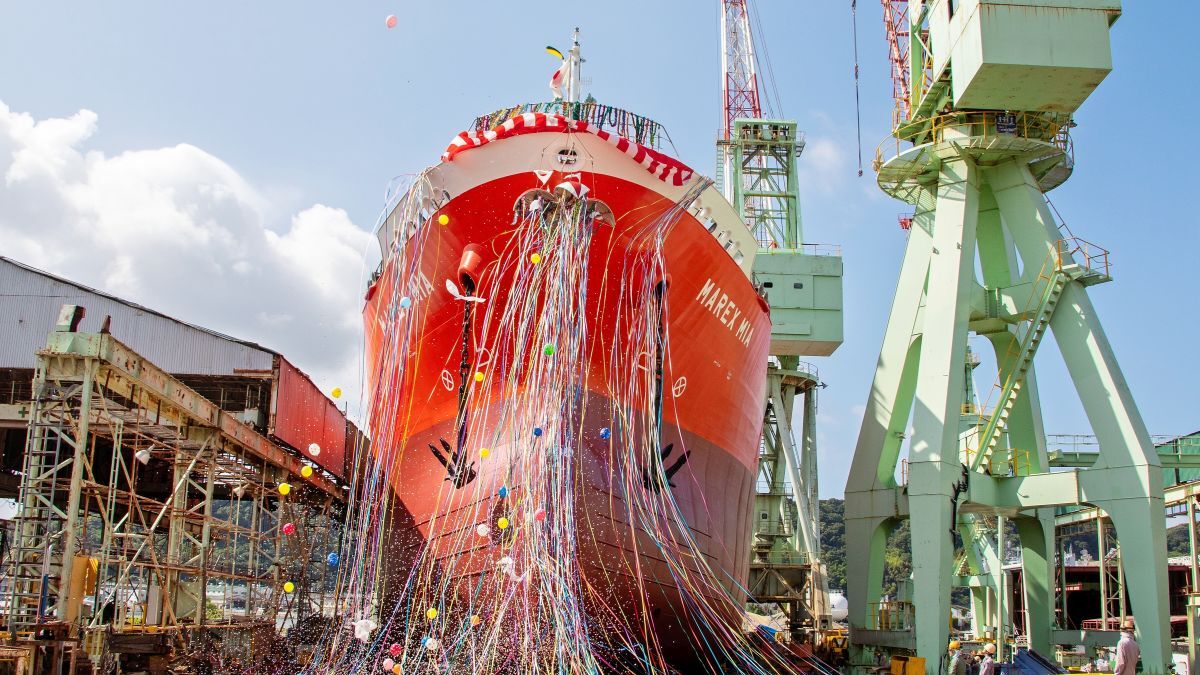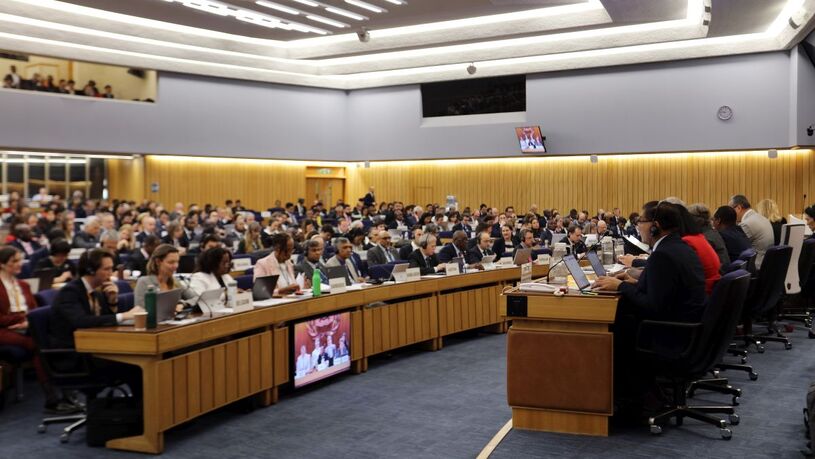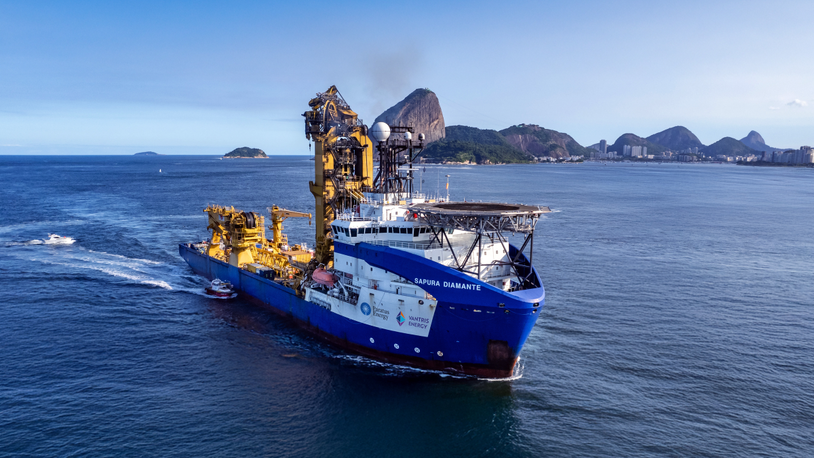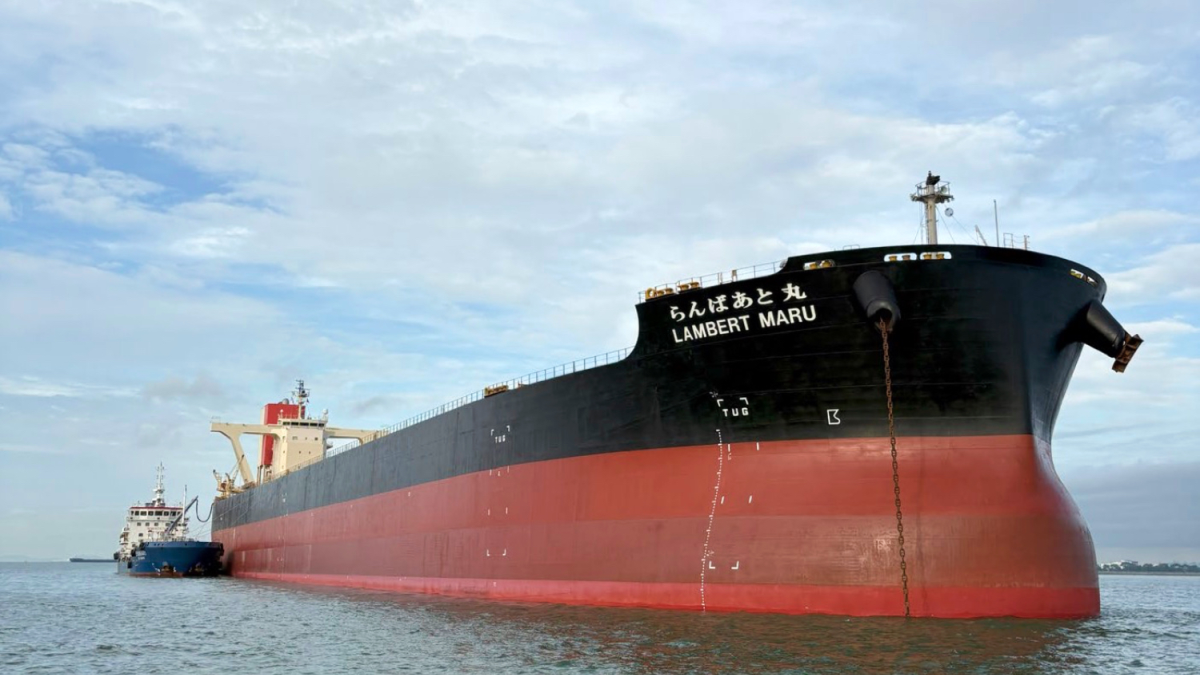Business Sectors
Contents
Register to read more articles.
CII: facts, challenges and solutions
How shipowners can improve CII compliance ratings through operational measures
Shipowners will be able to reach the short-term goals of meeting IMO’s requirements on Carbon Intensity Indicator (CII) ratings this year, but it will be increasingly difficult as the criteria tighten.
CII is IMO’s initial answer to the growing global drive to reduce greenhouse gas (GHG) emissions, on the back of continuous worldwide and regional pressure on shipping to lower its environmental footprint.
It requires shipowners to report carbon emissions for each ship, leading to a rating of A to E, with ships categorised D and E required to improve performance through different strategies.
If a ship is rated D, it has three years to upgrade its rating to C, while one calculated at an E rating has one year to make improvements. These category bands are tightened each year, meaning shipowners need to continue reducing carbon intensity over time.
CII is IMO’s strategy from 2023 to 2040, but IMO is under pressure to go further. In March, an intersessional working group on the reduction of GHG emissions from ships (ISWG-GHG 14) debated definitions, calculations, pathways, methods and policy measures. These will be further discussed and negotiated, including changes to CII after 2026, during IMO’s decision-making Marine Environment Protection Committee (80) in July 2023, and reports suggest much still remains to be settled.
IMO’s GHG working group has requested an “ad-hoc expert workshop on comparative analysis of candidate mid-term measures” ahead of the final working group meeting from which a report will be created. The next working group meeting will consider the report’s findings from the workshop and pass it along to MEPC 80.
Whatever that outcome, it is clear shipowners need to change their operations and improve vessel efficiency to meet the tough requirements of CII ratings,
Wallem Group fleet manager, Gavin Dsouza, says shipowners need to consider technical and operational measures. Technical measures include coating hulls with low-friction paints, modifying ship hulls, installing energy saving devices (ESDs), redesigning propulsion or installing sails and solar panels.
Operational measures may require less capital expenditure, but more co-ordination with ship crews and charterers. These include improved voyage planning, just-in-time (JIT) port arrival, route optimisation and optimising ship handling. “This could include trim and draught optimisation and changing rudder use,” says Mr Dsouza.
More thorough ship maintenance could incorporate increased hull and propulsion inspections and cleaning during drydocking, timely maintenance of onboard machinery and equipment to reduce downtime and replacing lighting with low-energy light-emitting diodes.
“Every shipowner needs to build resilience and a strategy for compliance, improvements and investment”
It is also important to “make crew aware they need to conserve fuel and energy,” says Mr Dsouza. “Avoid heat loss through more insulation, improve operations and discuss this with charterers, as they will decide the speed of each voyage.”
Acceptable CII rating measures, such as sensible ship speeds and port arrival times, should be incorporated in charterparties. “Most savings will be from slow steaming, forcing some vessels to reduce power and steaming capabilities to comply with CII from 2023 onwards,” says Mr Dsouza. “There is no one-size-fits-all.”
For all parties, it is important to closely monitor vessels’ CII ratings. Ship masters, operators and owners can use software to estimate and monitor CII ratings during a voyage. “Close monitoring is the key for each and every voyage,” says Mr Dsouza. “Shipowners can improve CII ratings by optimising operations and looking into new technology, but this is a stop-gap, a temporary measure. The future will be low-carbon fuels.”
Aventra Group chief executive, Juan Jose Gil, says major shipping groups have the financial backing to invest in reducing emissions from their fleets, but smaller shipowners do not have that capacity. “Shipowners need to seek compliance at minimal risk and investments,” he says.
“CII is a journey and we still do not know how CII will unfold. Every shipowner needs to build resilience and a strategy for compliance, improvements and investment,” he adds.
Owners have time to consider their future strategies to meet ratings requirements in the short term through operational measures, such as voyage optimisation and slow steaming.
“Shipowners have three years to decide on their financial plans and should learn from past behaviour of their ships, then look at where to invest their money,” says Mr Gil. “Slow steaming is effective, but it is not a magic wand, and it comes with its flaws.”
CII is also a major issue for key sectors of the shipping industry not involved in regular, pre-defined routes. In a recent whitepaper, Stolt Tankers outlines how chemical parcel tankers are disadvantaged due to their trading patterns, which are outside of shipowner’s or operator’s control. “CII is likely to yield different ratings in light of factors that are not directly related to ship efficiency or optimised operations,” says Stolt Tankers. “On average, the CII calculated for parcel tankers is 19% higher than the corresponding rating for product tankers.”
Foreship chief technology officer, Jan-Erik Rasanen, says CII requirements, including reducing speed, route optimisation, using energy storage systems and connecting with shore power, may not be possible in the passenger shipping sector.
“For cruise ships, it is a challenge due to high port and anchorage times, which have a high impact on CII,” says Mr Rasanen. It is also challenging due to the high hotel loads cruise ships need for passengers and crew, resulting in significantly higher energy consumption than commercial ships.
Air lubrication improves CII ratings
Air lubrication on ship hulls can improve energy efficiency, reduce fuel consumption and upgrade a CII rating. Silverstream Technologies chief technologist, David Connolly, explains why. “Frictional resistance at a design speed of 19 knots represents 65% of total resistance,” he says. “The flat-of-bottom of a ship represents typically 40-45% of the wetted surface area, representing 26-30% of total resistance and fuel consumed at constant speeds.”
If around 80% of the flat-of-bottom is lubricated, gross savings delivered should be 10-12%, with net savings typically 6-9%, after discounting compressor power for generating the air lubricant. This is based on analysis of air lubrication on LNG carrier Methane Patricia Camila operating on a ballast voyage.
“This will enable a ship to go up one band, or remain in the current CII band for longer,” says Mr Connolly. It would allow an LNG carrier to remain C-rated for nearly four more years. He thinks independent validation is important for technologies improving CII ratings. Silverstream Technologies has secured third-party verification of air lubrication performance from class societies Lloyd’s Register, Bureau Veritas, ABS, DNV and RINA from hydrodynamic testing and pilot projects with owners and operators such as Shell, Grimaldi Group, Carnival Group and Norwegian Cruise Line.
Footnote
Foreship’s Jan-Erik Rasanen, Silverstream Technologies’ David Connolly, Aventra Group’s Juan Jose Gil and Wallem Group’s Gavin Dsouza discussed CII and its consequences at Riviera Maritime Media’s ‘How shipowners can improve their CII compliance rating’ webinar, sponsored by Silverstream Technologies, 25 January 2023
Related to this Story
Events
LNG Shipping & Terminals Conference 2025
Vessel Optimisation Webinar Week
Marine Coatings Webinar Week
© 2024 Riviera Maritime Media Ltd.




